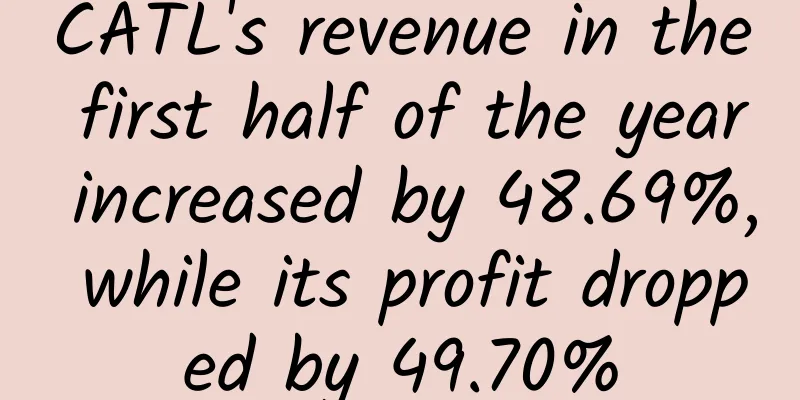VisionMobile: 2015 Mobile Developer Trends Report

|
The 2015 Mobile Developer Report surveyed more than 8,000 app developers and 143 countries, showing that the app economy is maturing. Developers are increasingly turning to cross-platform technologies to address the reality of a multi-platform audience. Tool adoption is increasing, and people are turning to enterprise app development. The biggest changes are in development languages and the Internet of Things. Apple's new development language Swift is impressive, but C# and JavaScript are also becoming more important. At the same time, mobile developers are very interested in the next generation of connected devices. Platform competition The competition between platforms has reached a stalemate, with Apple locking up the high-end iOS system and Android dominating everything else. Windows Phone is also growing, with 30% of purchase intent, but sales are not enough to break the gap. The platform split of full-time developers illustrates this stalemate, with Android accounting for 40% of developers and iOS accounting for 37%, while Windows Phone and mobile browser developers account for only 8% and 7% respectively. While mobile browsers are still not valued, they have rebounded from their peak six months ago, with 25% of developers now supporting them. As the number of mobile applications grows, it is important to remember that the combination of the desktop and mobile web is the most important digital channel for most businesses, and the website is by no means dead. The rise of Swift The development language rating shows that Swift has achieved the fastest growth, with 20% of mobile developers using it just 4 months after its release. In contrast, Google's excellent development language Go did not enter the chart, with only 5% of mobile developers intending to use it more than 5 years after its release. Among the developers who used Swift early, 23% did not use Objective C, which means that Swift has successfully attracted more developers to use it to build iOS applications. income Direct revenue from app stores is growing more slowly, as it is the largest source of income for hobbyists, explorers, and hunters, who make up 60% of mobile developers, and competition is growing. 17% of developers are interested in making money but do not make any money from their apps. 18% of developers make less than $100 per month, and 52% of developers make less than $1,000 per month. These low-income developers are not evenly distributed across platforms. Among iOS developers, only 37% earn less than the app poverty line, which is less than $500 per month. On the other hand, 39% of developers earn more than $5,000 per month on the iOS platform. What is surprising is that the difference between Android developers' income and BlackBerry 10 or Windows Phone developers is not much. In fact, iOS app developers do earn more than Android app developers. Internet of Things Although IoT platforms are still immature, mobile developers are very interested in them. 53% of mobile developers surveyed are already working on some kind of IoT project. Smart home is the most popular, with 37% of mobile developers working on projects in this area. Wearable devices are also popular, with 35% of developers looking to work on them. Most mobile developers working on IoT projects do so as a hobby (30%) or as an assistant (20%), while developing mobile apps as a regular job. This is mainly due to the limited income available at this stage of the IoT market. tool Tool awareness is growing, with developers not using third-party tools at all dropping to the lowest point at 17%. The second most popular tool category is ad networks, with 30% adoption, but unfortunately this category is not correlated with revenue. Cross-platform tool adoption is also growing, with developers using this category increasing from 23% to 30% in the last 6 months. Using cross-platform tools was not previously correlated with revenue, but is now a revenue indicator. We believe this is not due to improvements in tools, but rather to overuse in enterprise app development. Businesses and Consumers Enterprise applications are entering a golden age, with 20% of developers primarily developing applications for the enterprise, up from 16% in the third quarter of 2014. The shift in focus is beginning to pay off, with 43% of enterprise application developers earning more than $10,000 per month, compared to only 19% of consumer application developers. In the consumer app business, most revenue comes from free games, where a game gives 1/3 of its revenue to the app store provider as a share of in-app purchases, and half of the remaining revenue is used for advertising to attract more users. These game developers are beginning to look for more typical fast-moving consumer businesses to gain benefits from scale. Although overall revenue from stores is increasing, life is getting harder for small independent developers. The good news for consumer app developers is that 3 of their top 5 favorite app categories are the same as enterprise app developers, so it’s not too late to switch from B2C to B2B. Also, the technical requirements for developing consumer apps are higher than ever before, and there is increasing mobility between the two types of app developers, a trend that will continue for several years. |
<<: WeChat Product Manager: Spring Festival Gala Shake Project Experience Summary (Product Edition)
>>: Google's social dream is shattered. Do we really need new mobile social software?
Recommend
It’s difficult to increase followers! How to scientifically and effectively increase the rate of followers of public accounts through pictures and texts?
《XXX gained 50,000 followers for one article》 &qu...
What will be the future of Douyin after shutting down comments and live broadcasts?
"For us, although we have to thank the TikTo...
Kuaishou registered the trademark "Kuaishou Auto" and may be focusing on the field of in-car short videos. So is it far from Douyin making cars?
Nowadays, it is not new for various giants to cro...
2018 JD.com "618" promotion gameplay revealed
This year's " JD 618 " event is qui...
Siri is the dumber of the four major voice assistants. She can only tell jokes for many years.
It's no secret that Siri is the dumbest of al...
Wuhan tea resources delivery
Wuhan high-end tea drinking is unique and very un...
Operation experience: Use the heart of flirting with users, it is reliable
The topics of Internet finance or e-commerce acti...
Electronic power steering may suddenly fail. Geely will recall 40,000 Borui vehicles
Recently, Zhejiang Geely Automobile Co., Ltd. fil...
Fission effect is not good? You need to know these 5 details!
In the public's perception, fission is someth...
New media operation: 4 suggestions on new media writing!
On the one hand, self-media people write public a...
91 Ten Articles: BYD's entire series is equipped with blades, and 40% of users hope that Xiaomi's car will be priced at 100,000 yuan
1. All BYD's pure electric vehicles on sale a...
Can Samsung TV, which is determined not to produce OLED, still gain a foothold in the future TV market?
If the industry's most important mobile phone...
iOS source code download: scroll view of text + pictures
Functional classification: Other Supported platfo...
Latest research: Microplastics found in human carotid arteries! Will they increase the risk of heart disease and stroke?
Nowadays, plastic has become an indispensable mat...









![[Exclusive] DY Empowerment System Star Course](/upload/images/67cc0c77b8079.webp)